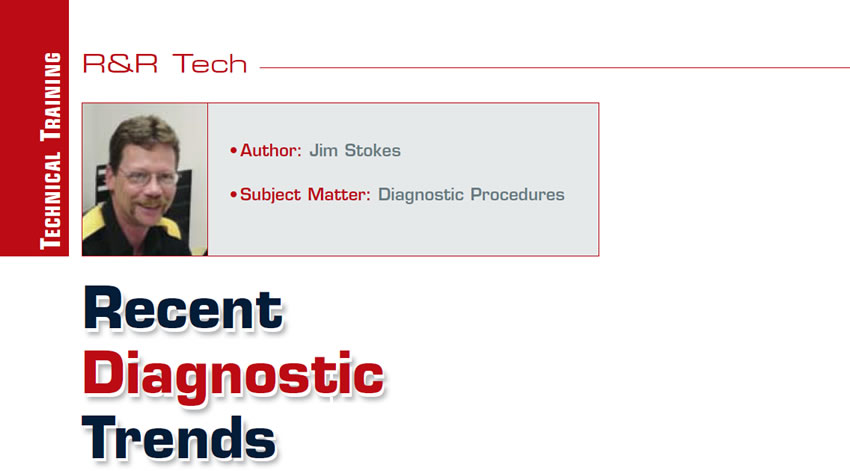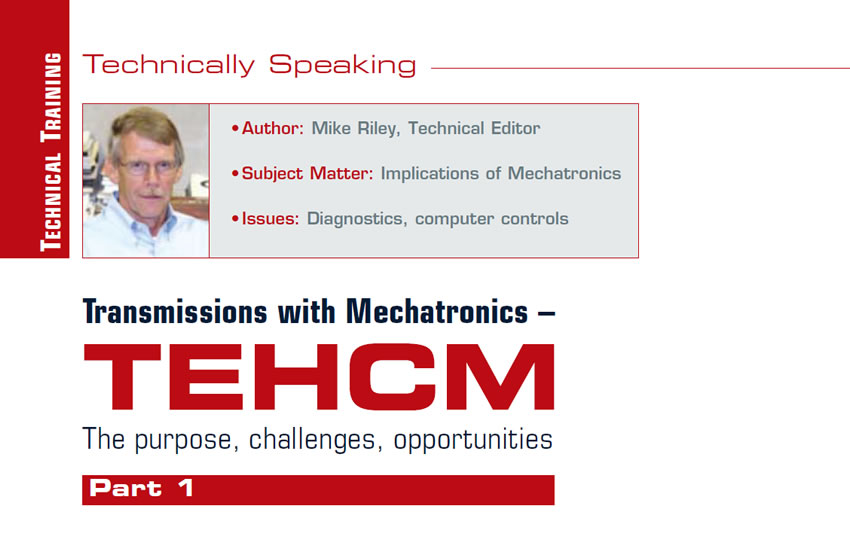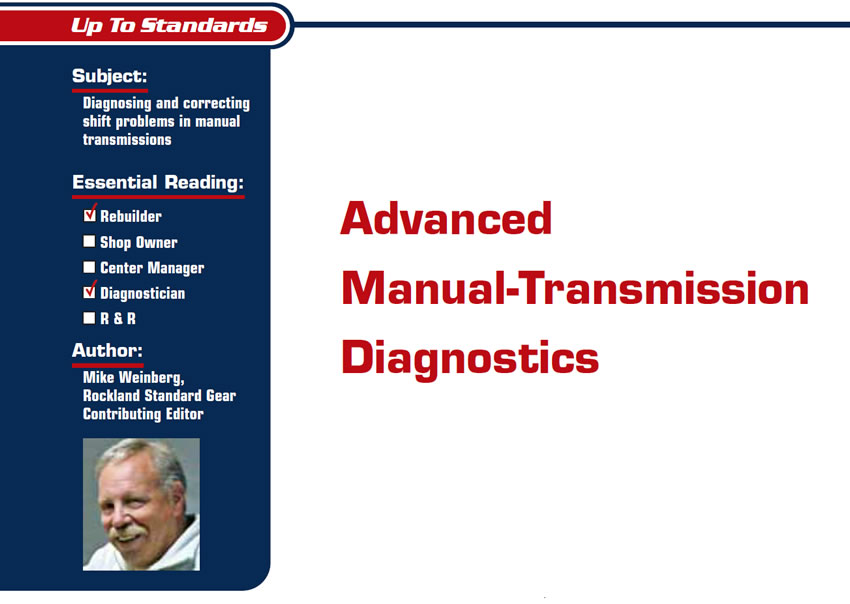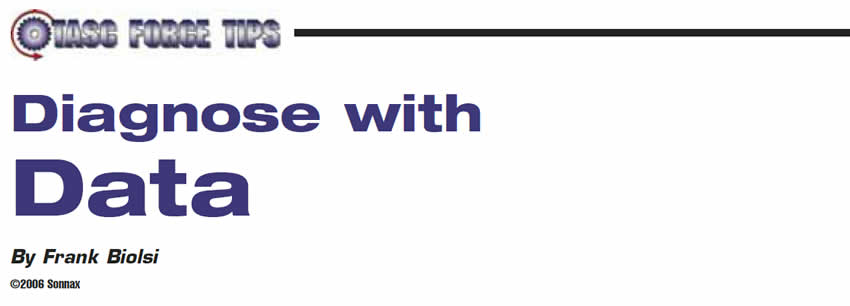Recent Diagnostic Trends
Sales of 4L60E units that incorporate the input speed sensor (ISS) are on the rise. Because of the increased sales, we are seeing more claims and problems with the sensors used in these units. Codes P0716 (ISS performance) and P0717 (ISS circuit low voltage) seem to be the key troublemakers.

Transmissions with Mechatronics – TEHCM
For decades, the transmission repair industry has dealt with unending changes, ranging from weight (cast iron versus aluminum cases/components), fluids (natural versus synthetic blends) and sealing components to unit controls/calibrations.
Due to the ’70s oil fiascoes, the push for more gears, lighter units, less torque converter slippage, etc., all to enhance vehicle fuel economy and engine performance, has been growing exponentially over time. Add in a multitude of OE manufacturers and transmission designs, and the aftermarket repair industry has been faced with overcoming various obstacles just to repair a transmission.

Advanced Manual-Transmission Diagnostics
In last month’s article we started this series on manual-transmission diagnostics. We continue here with a more-advanced discussion. We covered the absolute need for all technicians to understand the theory of operations and power flow of the units they are working on so they can successfully diagnose problems. The topic addressed in this month’s article is shift problems, their causes and fixes. The next chapter will deal with diagnosing noises, and we will close the series with advanced electronic and function diagnosis of electronic and active transfer cases.

Theory, Facts and How What You Don’t Know Can Hurt You
To start this off with a bang, transmission repair is now an outdated term. Sure, you work on transmissions, but in reality you are working on a motor vehicle. This vehicle has an engine, a transmission, a driveline, a suspension, brake system, cooling system etc.

Diagnose with Data
Some folks have not had an opportunity to use data recordings as a diagnostic tool. When you first start looking at recordings, there appears to be so much data that it’s hard to find the answers. There are a few techniques I have found very useful in getting the information I need. The “before” graphs show the readings used to verify the complaint and diagnose the problem.

The Great Unknown
Replacing parts is the last step in the repair process. The first step should be a methodical diagnosis to isolate the cause of the malfunction. This is not possible unless you understand how the component you are working on is supposed to operate and how it is related to the other systems that make up the modern motor vehicle.

Tips and Techniques for Standard-Transmission Diagnosis, Part 2
When you arrive at a formula that fits your operation, it must become what the Army used to call SOP (standard operating procedure) for handling technical problems, comebacks, never-lefts, initial diagnosis and root-cause failure analysis. Throw away the shotgun approach, stop making assumptions and follow the methodical process that you design to lead you to consistent problem solving. Let’s look at some real-world scenarios.

Tips and Techniques for Standard-Transmission Diagnosis, Part 1
Our profession is concerned almost exclusively with problem solving. It is important that we learn to diagnose and correct the problems that our customers bring us in a proficient manner, because time is money. Once you have agreed with your customer on a price for your labor, any extra time spent on the repair costs you twice over. The reason for this is that you cannot charge for any further time spent on the project, and you could put that same time to use on a paying job. This should be common sense, but every technician will attack a problem or comeback in a different manner.

